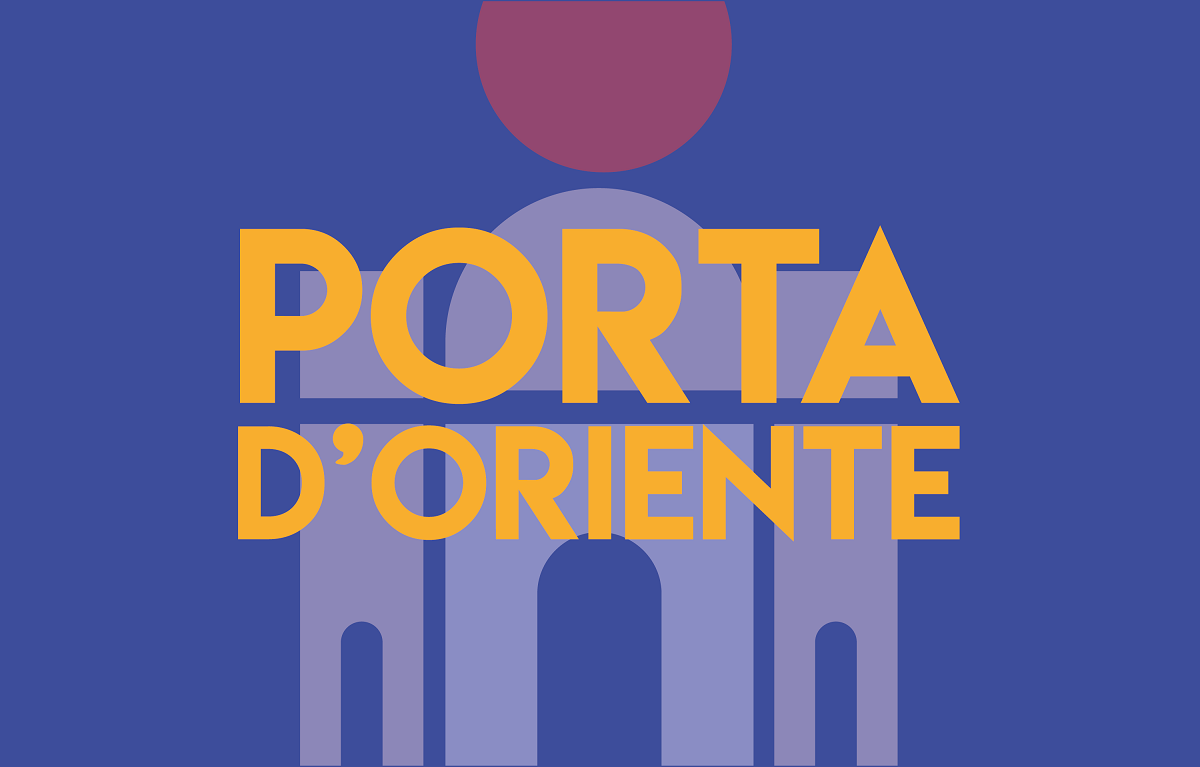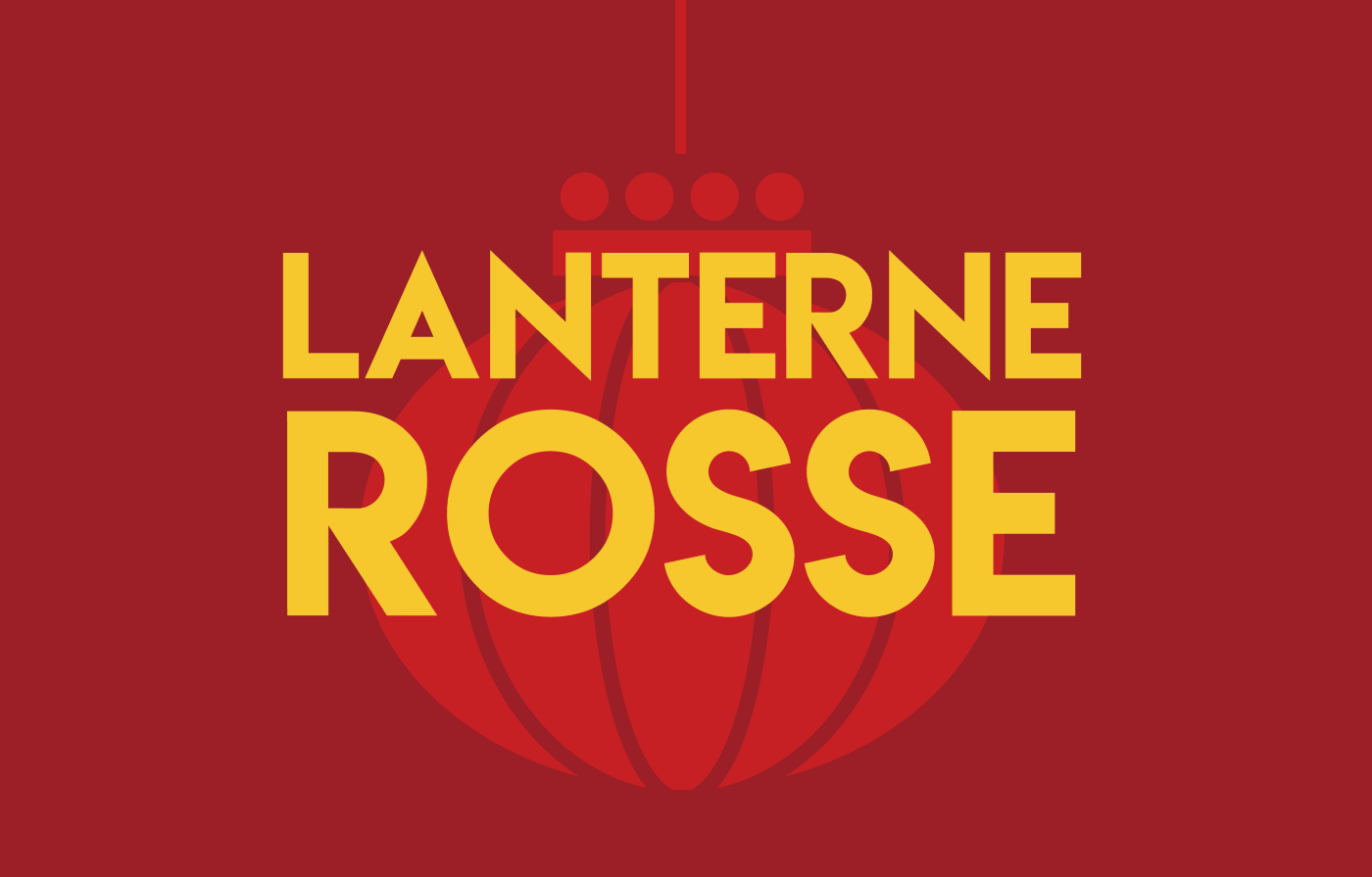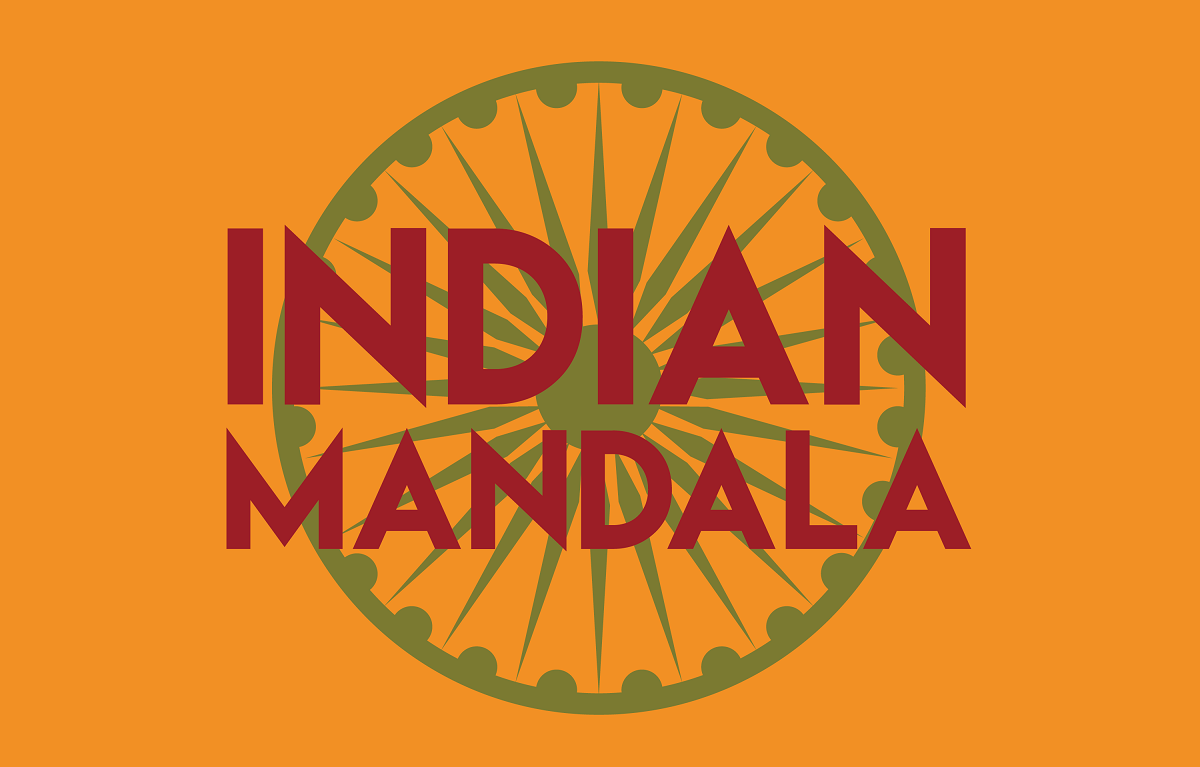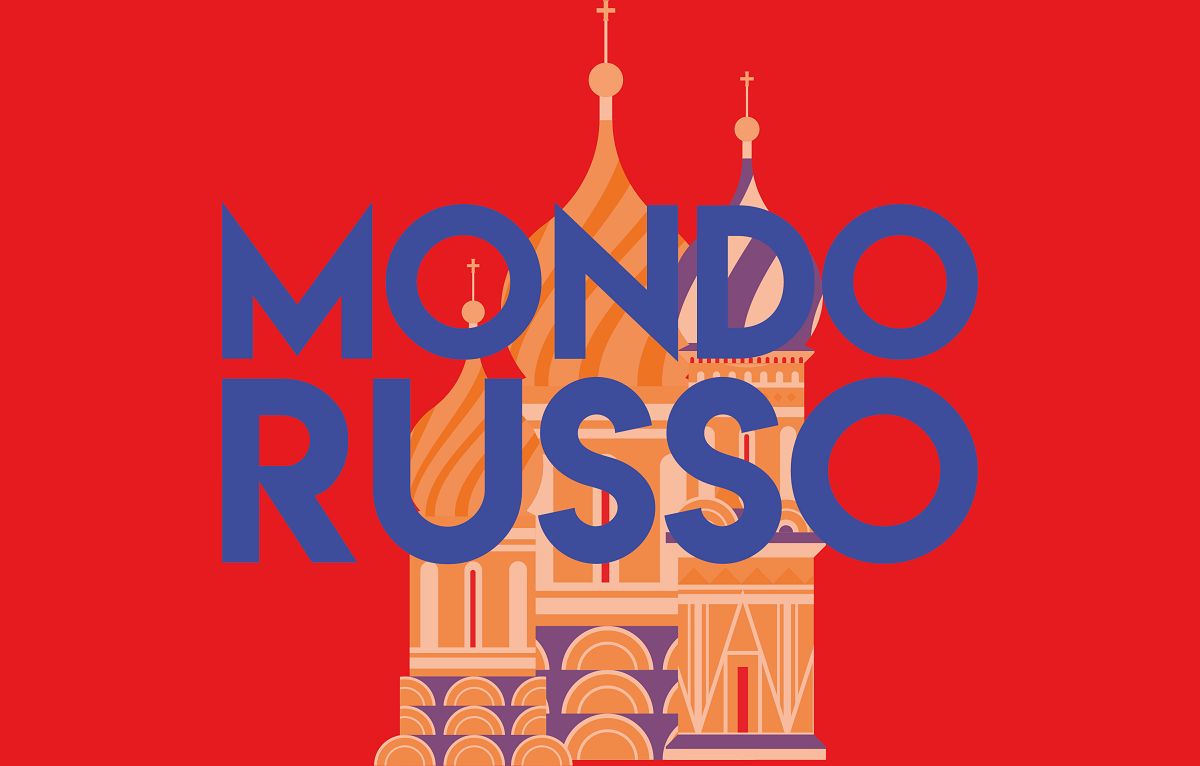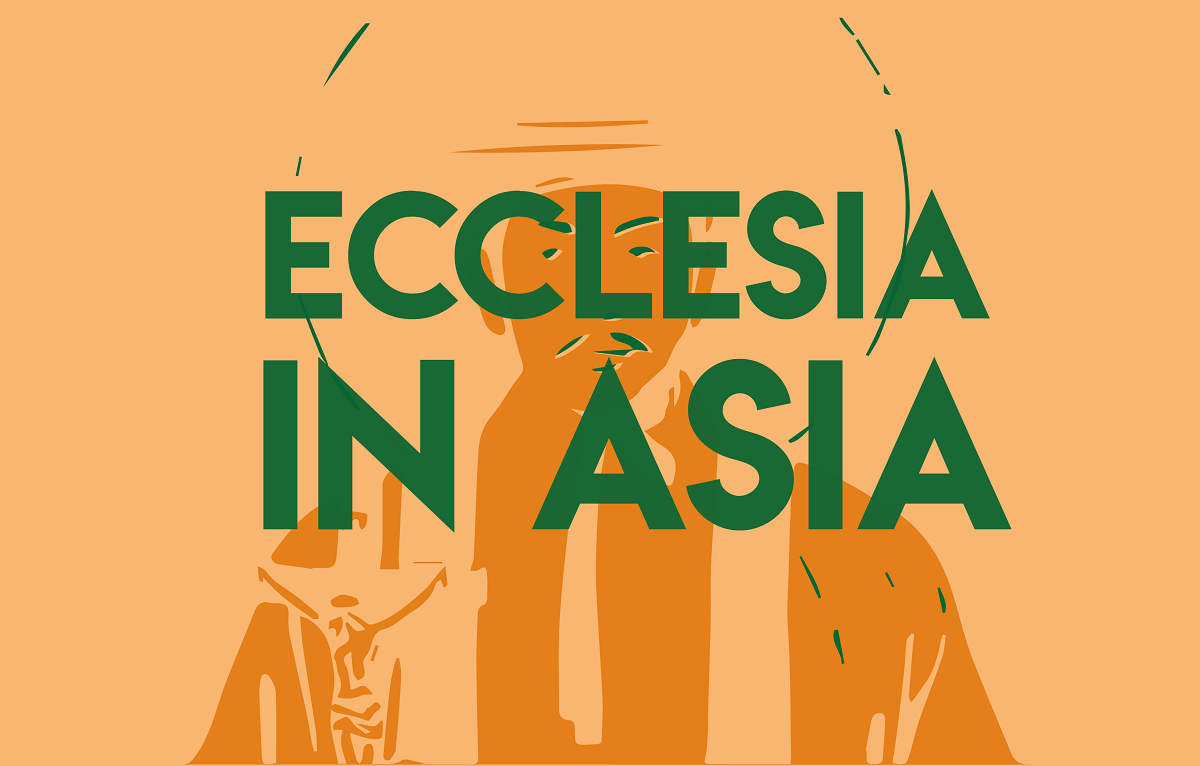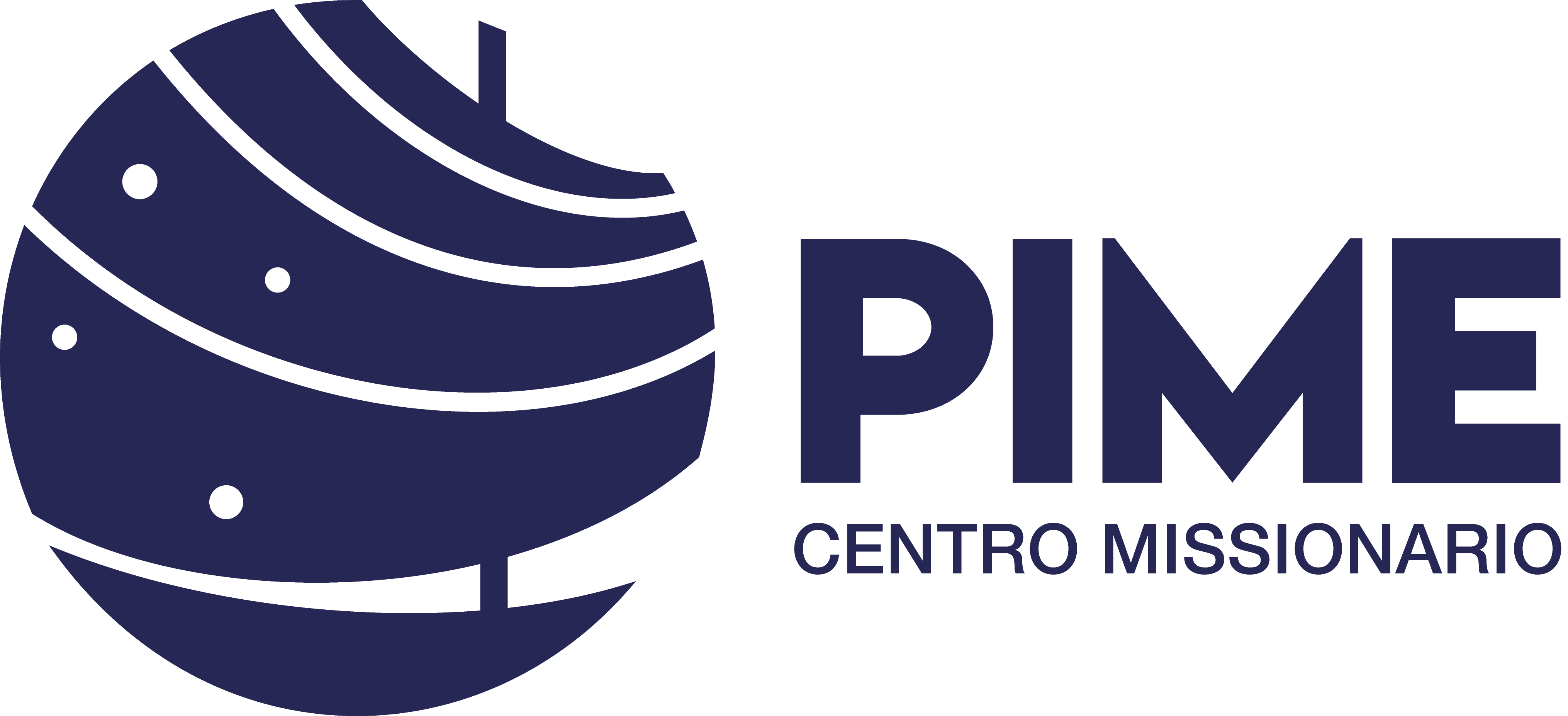Tô Lâm’s 'third phase' gets underway, centralising power to boost development
After defeating internal opponents with the "fight against corruption", Vietnam’s Communist Party boss highlights in his writings and statements the goals for next year's Party Congress, i.e. greater technological innovation and economic growth through megaprojects like a US$ 67 billion railroad and restarting the construction of two nuclear power plants. But there is no shortage of challenges, most notably the conflicting agendas of China and the United States.
Hanoi (AsiaNews) – The campaign to centralise power in Vietnam undertaken last year was part of a plan to promote technological innovation and enhance the country’s role on the world stage.
Tô Lâm, General Secretary of the Communist Party of Vietnam (CPV), announced it last August shortly after he became party boss, reiterating it recently in a series of statements and articles that underline the importance of the 14th Party Congress, scheduled for next year.
In Tô Lâm’s doctrine, officially adopted by the Central Committee in September, Vietnam went through three phases in its recent history: The period from 1930 to 1975 was marked by the struggle for independence from colonialism and the country’s reunification; the second phase was that of the Doi Moi reforms, implemented in 1986 to achieve "a market-oriented socialist economy"; the third phase is that of the “national rise”, which begins now and will end in 2046.
According to the communist leader, the next five years will be crucial to accelerate Vietnam's development through technological innovation, and to this end, 2025 must be entirely dedicated to the preparation of the next Party Congress, in which the fruits of the government’s new approach will be shown.
In an article entitled "Shining Vietnam”, published on 3 February on the occasion of the 95th anniversary of the founding of the Communist Party, Tô Lâm celebrated the country's achievements 40 years since the start of the Doi Moi reforms.
“Vietnam has transformed from a poor, war-torn, sanctioned, and isolated country into a developing, middle-income nation that is deeply integrated into global politics, the world economy, and human civilization,” Tô Lâm writes.
In fact, poverty has dropped “sharply to just 1.93% (based on multidimensional standards), from 60% in 1986.”
For him, the party’s mission “is to lead the country into an era of development and prosperity in which a socialist Vietnam with rich people, a strong nation, and a democratic, equitable and civilized society is successfully built, standing shoulder to shoulder with the powers across the five continents.”
To do this, the Party will have to be made "clean and strong,” the bureaucracy will have to become “streamlined”, while science, technology and administration will have to be better integrated.
This vision already found expression in 2024 with the massive “blazing furnace” anti-corruption campaign, which purged the party of thousands of cadres and leaders.
Vietnam’s political system rests on “four pillars”, i.e. the four top posts in the party, government and parliament, with the predominant role assigned to the CPV’s general secretary.
Tô Lâm's rise was facilitated by the death of his predecessor, Nguyễn Phú Trọng, and the purge of several prominent leaders, on whom Tô Lâm, at the time Minister of Public Security, had accumulated compromising files.
In March, President Võ Văn Thưởng, a close Trọng ally, was forced to resign due to corruption, followed shortly after by the President of the National Assembly, Vương Đình Huệ, and the Head of the Central Organization Commission Trương Thị Mai. As a result, only Tô Lâm was left to take the reins of power according to the Party's succession rules.
As some experts have observed, discussions about Vietnam’s new phase had been going on for some time, but there was no consensus or political will to implement concrete reforms.
Since last fall, however, the government's change of course has become evident. In November, the National Assembly approved a US$ 67 billion mega-rail project to connect the country from north to south, cutting travel time from the current 35 hours to under six.
In addition, the construction of two nuclear power plants was given the green light after work stopped in 2016 in the wake of the Fukushima disaster.
For the railway, Vietnamese is seeking a US$ 8 billion loan from China, while for the nuclear power plants, it plans negotiations with Russia, Japan, South Korea, France and the United States.
Once again, these projects would have been difficult to achieve without a restructuring of the state apparatus and without the centralisation of power in the hands of Tô Lâm, who was also appointed chairman of the Central Steering Committee for the Development of Science, Technology, Innovation and Digital Transformation, to which the CPV wants to dedicate at least 3 per cent of government spending.
With the arrival of Tô Lâm, Vietnam has set economic growth targets of more than 8 per cent, up sharply from the average of 6.5 per cent recorded between 1987 and 2024.
To meet these goals, further cuts in the bureaucracy are planned, with the elimination of at least one in five positions.
However, Tô Lâm's plans are already facing an uphill battle, especially after US President Donald Trump threatened to impose tariffs on steel imports.
In recent years, Vietnam's economic growth has been driven by geopolitical competition between Washington and Beijing.
The country has attracted tech companies forced to leave China due to the trade war with the United States, but heavy reliance on Chinese supplies has prevented complete economic independence.
Vietnam’s Communist leaders now realise the need to gradually free the country from this dependence, but it is not yet clear what strategy Hanoi will adopt to balance relations with Beijing and Washington.
At present, Tô Lâm seems keen on pursuing Vietnam’s traditional “bamboo diplomacy”, careful to heed the interests of China, the United States and, to a lesser extent, Russia.
29/04/2024 14:49
20/05/2024 15:44







.png)
